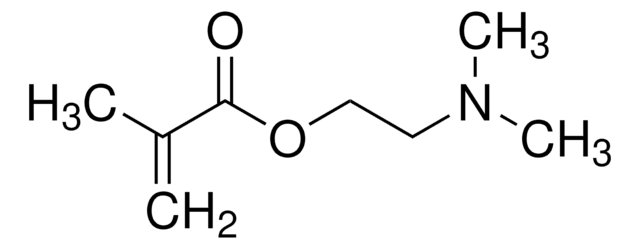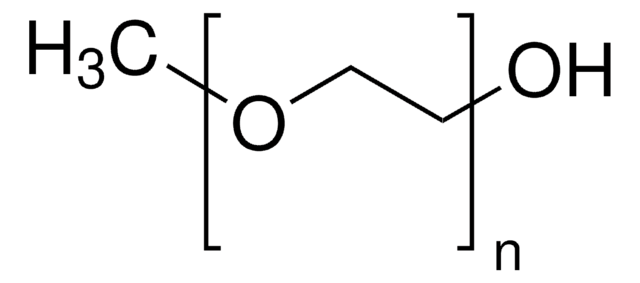Kluczowe dokumenty
907081
Methacrylamide poly(ethylene glycol) amine hydrochloride
average Mn 400, cross-linking reagent polymerization reactions
Synonim(y):
Methacrylamide poly(ethylene glycol) amine, PEG amine monomethacrylamide, PEG diamine mono methacrylamide, PEG methacrylamide, PEG monomethacrylamide, Polyethylene glycol
About This Item
Polecane produkty
Nazwa produktu
Methacrylamide poly(ethylene glycol) amine hydrochloride, average Mn 400
Formularz
liquid
masa cząsteczkowa
average Mn 400 (by NMR)
average Mn 400
przydatność reakcji
reagent type: cross-linking reagent
reaction type: Polymerization Reactions
kolor
pale yellow
architektura polimerowa
shape: linear
functionality: heterobifunctional
temp. przechowywania
2-8°C
Zastosowanie
Kod klasy składowania
10 - Combustible liquids
Klasa zagrożenia wodnego (WGK)
WGK 3
Temperatura zapłonu (°F)
>230.0 °F
Temperatura zapłonu (°C)
> 110 °C
Wybierz jedną z najnowszych wersji:
Certyfikaty analizy (CoA)
Nie widzisz odpowiedniej wersji?
Jeśli potrzebujesz konkretnej wersji, możesz wyszukać konkretny certyfikat według numeru partii lub serii.
Masz już ten produkt?
Dokumenty związane z niedawno zakupionymi produktami zostały zamieszczone w Bibliotece dokumentów.
Nasz zespół naukowców ma doświadczenie we wszystkich obszarach badań, w tym w naukach przyrodniczych, materiałoznawstwie, syntezie chemicznej, chromatografii, analityce i wielu innych dziedzinach.
Skontaktuj się z zespołem ds. pomocy technicznej
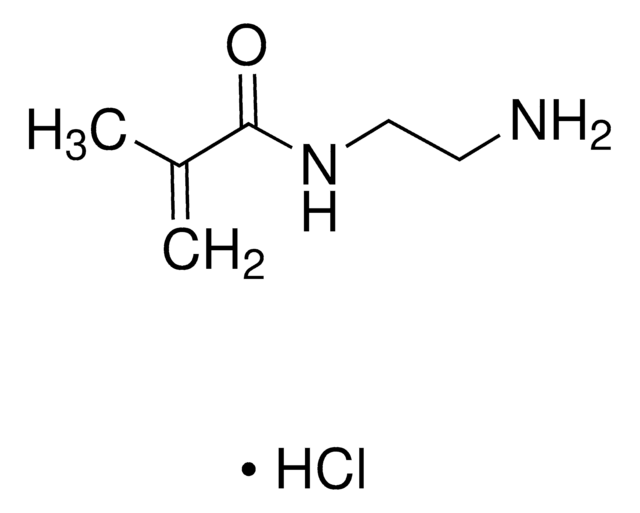
![N-[3-(Dimethylamino)propyl]methacrylamide 99%, contains MEHQ as inhibitor](/deepweb/assets/sigmaaldrich/product/structures/295/145/6b4aae15-7cb5-4b7b-9c06-8e6d24e50951/640/6b4aae15-7cb5-4b7b-9c06-8e6d24e50951.png)
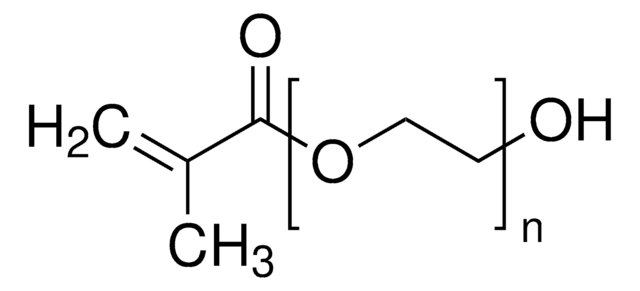
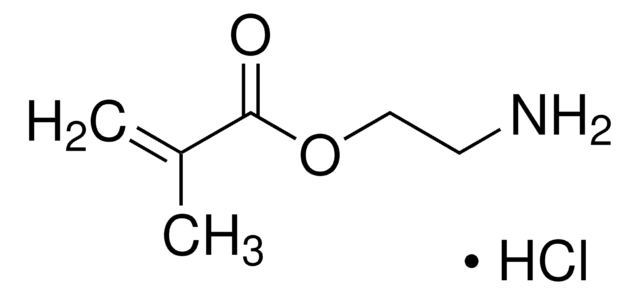
![[2-(Methacryloyloxy)ethyl]trimethylammonium chloride solution 75 wt. % in H2O](/deepweb/assets/sigmaaldrich/product/structures/316/612/66b0f4cf-d060-427d-b4f5-e8fab3e5cffe/640/66b0f4cf-d060-427d-b4f5-e8fab3e5cffe.png)

